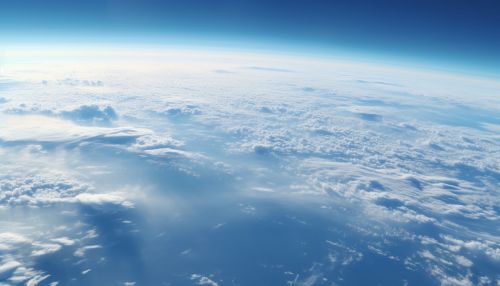Southern Oscillation
Overview
The Southern Oscillation is a significant component of Earth's global climate system, characterized by a periodic fluctuation in sea-level atmospheric pressure between the eastern and western tropical Pacific Ocean. This oscillation, which typically occurs every two to seven years, is closely associated with the El Niño and La Niña phenomena, which significantly influence global weather patterns and ocean conditions.
Discovery and History
The Southern Oscillation was first identified and named by Sir Gilbert Walker in the early 20th century. Walker, a British mathematician and statistician, was attempting to predict the monsoon patterns in India when he noticed a correlation between barometric pressure at stations in the Pacific and Indian Oceans. He termed this correlation the "Southern Oscillation."
Mechanism
The Southern Oscillation is driven by a complex interplay of atmospheric and oceanic processes. At its core, it involves a see-saw pattern of reversing surface air pressure between the eastern and western tropical Pacific. When the pressure is high in the east, it is low in the west, and vice versa. This oscillation in pressure is accompanied by changes in wind patterns, ocean currents, and sea surface temperatures.
Impacts
The impacts of the Southern Oscillation are far-reaching and varied. It can influence rainfall distribution, alter ocean currents, and affect marine life. The oscillation can also have significant effects on global weather patterns. For example, during El Niño events, many parts of the world experience unusual weather, such as increased rainfall in the southern United States and Peru, and drought in Australia and Indonesia.
Measurement and Prediction
The Southern Oscillation is typically measured using the Southern Oscillation Index (SOI), which is calculated based on the differences in air pressure between Tahiti and Darwin, Australia. A positive SOI indicates a higher-than-average air pressure at Tahiti and lower-than-average pressure at Darwin, which is associated with La Niña conditions. Conversely, a negative SOI indicates El Niño conditions.
Research and Studies
Numerous studies have been conducted to better understand the Southern Oscillation and its impacts on global climate. These studies have helped to improve our ability to predict El Niño and La Niña events, which can have significant economic and societal impacts.
See Also


